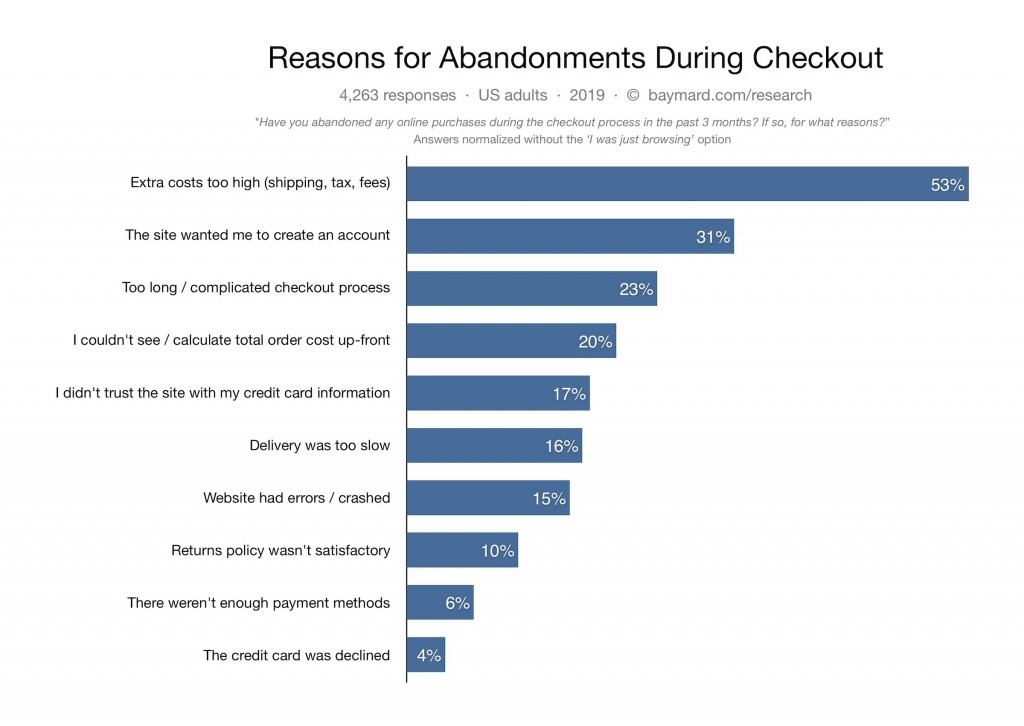Magento continues to be one of the most popular eCommerce platforms – in 2018, Magento adoption nearly doubled, according to hostingtribunal.com. Magento powers 1.2 per cent of the Internet, and 12% of all eCommerce sites. Over 250,000 active sites use Magento today.
But only 11,000 sites are using Magento 2, which means the transition to the new version of the platform is taking place slowly. Nonetheless, Adobe, which owns Magento, will no longer offer support for Magento V1 as of June 2020. This will raise serious security issues for those sites that have not made the transition by that time, as they will no longer receive updates. Given the increase in web skimming attack, these sites risk being hacked for customer data.
Migrating from Magento 1 to Magento 2 is not a simple process, and site owners may wish to seek third-party help. But the move includes a number of benefits: Performance is 20% faster and page loading about 43% more rapid; interfaces have been made more user-friendly; Checkout has also been improved, and Security has been enhanced.
User-friendly design innovation
There are several aspects to design innovation in Magento 2. The new platform boasts a responsive design that enables both rapid site creation and adaption to tablets and mobiles using CSS and JavaScript.
Then, The Magento 2 admin panel is touchscreen-friendly and makes it easy to deal with your store via mobile phones or tablets. The user-friendly approach attracts customers with its engaging design, and then it is easy for them to navigate to what they wish to view.
Checkout improvements
The checkout process in the new Magento 2 platform has been radically revised. This is important, as recent statistics show a sharp rise in customer abandonment during checkout. Cart and checkout abandonment account for up to a 70 per cent loss in sales on average, based on 41 studies conducted between 2012 and 2019.
The Magento Checkout seeks to reduce these losses and to retain the customer through the checkout process.
“The innovation was based on research from the Mobile Optimization Initiative community with nearly one billion in transactions tested. Using the Payment Request API for Magento 2 with Braintree and PayPal’s Express Checkout, this innovation enables merchants to access seamless and secure checkout while improving the overall commerce experience for customers,” Adobe explains in a note.
In Magento 2, the checkout is now split out into two simple steps: shipping and payment. Further, there is no obligation to register – checking out as a guest is simple and straightforward.
Customers are presented with a simple form asking for their email address and shipping details. If the entered email address matches an account that’s already been created, the customer will be given the option to log in, along with a forgotten password link. If not, the checkout just moves ahead to payment. This accelerates checkout and doesn’t provide time for customers to have second thoughts.
From optimised content to personalised product search
The eCommerce market is driven today by Artificial Intelligence (AI) which, in a nutshell, entails making a technology understand repetitive human habits. Magento 2 can work with AI to maximise the personalisation of the product offer.
AI for e-commerce is mainly used for collecting, deciphering, storing, and leveraging information to provide actionable insights and decisions. Moving forward, analysing data patterns, behaviour, performance, as well as customers’ emotional barriers is where AI provides the greatest value.
Before AI was paired with Big Data analytics, product recommendations were prone to error – it wasn’t possible to personalise them. Now, AI determines product recommendations based on extensive data on customer behaviours. These recommendations match customer preferences about brands, colour, size, budget, and many other factors.
Thanks to the superior context-based search that AI provides, store navigation on the Magento platform becomes faster and far more user-friendly. AI-driven Natural Language Processing (NLP) improves SEO with vastly more granular keyword determination. Customers are able to drill down in their searches to just what they want with very little effort.
Magento 2 uses advanced marketing
Marketing trends in eCommerce have not changed as much as the previous innovations we’ve discussed: They are still based on Google AdWords, social media, and e-mail marketing.
Since the product data parameters in Google AdWords and Magento 2 are fully compatible, it’s easy to apply these parameters to product data. It’s also easy to integrate Google Shopping. Keeping track of conversions with all this is a snap.
The Social Share for Magento 2 enables customers to share experiences across multiple social media channels. This is an excellent method to promote store brands, to increase traffic and to improve site ranking effectively.
It’s also easy to merge all the good data you’ve collected on Magento 2 with an email marketing programme to reach more customers. Magento 2 historical eCommerce data is easily integrated into the email application which can then use it to segment customers.









